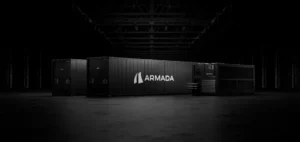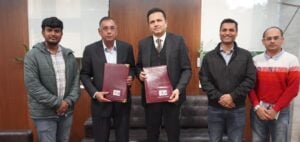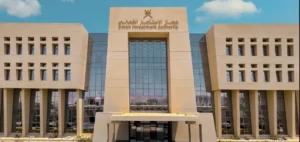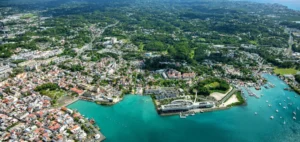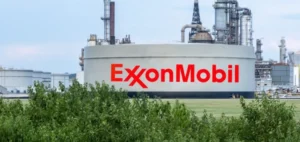BP is reviewing its strategy to focus on renewable energy, but from a different perspective, focused on low-cost renewable energy production to power its electric vehicle charging network and low-carbon fuel manufacturing. The main objective is to secure a cost-effective energy supply, rather than to own renewable energy assets. Energy transition experts see hydrogen as a key fuel of the future, and BP aims to retain 80 percent of the electricity produced to power the global electric vehicle grid and make “green” fuels.
An overhaul of BP’s renewable energy strategy
The company will seek to retain the majority of renewable energy to power its electric vehicle charging network, but also to produce low-carbon fuels. The green stakes are high, given that solar power alone accounts for more than half of BP’s 43-gigawatt renewable energy project pipeline.
Anja-Isabel Dotzenrath, BP’s head of renewable energy and gas, said the strategy is not necessarily about owning renewable energy assets, but rather about ensuring access to affordable green energy. She also said BP would continue to build some projects under traditional power supply agreements.
BP’s goal is to ensure energy security while reducing costs. BP’s decision to produce more oil and gas than expected was a surprise to many observers, given that the company had announced a radical plan three years ago to move away from fossil fuels. Last month, BP slowed that plan, but did not abandon renewables.
BP slows down its energy transition
The most striking change in the strategy update was that BP reduced its planned annual spending on renewables to $5 billion by 2030, out of a total group budget of up to $18 billion, down from $6 billion out of $16 billion in its previous update in 2022. However, the company remains committed to achieving its goal of net zero emissions by 2050.
Venture with Equinor
As part of its strategy to reduce oil and gas production, BP also announced a collaboration with Equinor to develop offshore wind projects in the South China Sea and Irish Sea. The joint venture, called Empire Wind, aims to develop 4-gigawatt projects in the New York area and a 1.2-gigawatt project off the North Carolina coast.
However, this collaboration was met with skepticism by some observers, who pointed out that the South China Sea project was located in a region claimed by China, where tensions are already high. There are also concerns about worker safety and environmental protection in the area.
In response, BP said it has been working with Chinese partners to ensure that the project meets the highest environmental and safety standards. However, critics point out that BP does not have the best track record on environmental safety, with accidents such as the Deepwater Horizon oil spill in the Gulf of Mexico in 2010, which killed 11 workers and caused extensive environmental damage.
A strategy focused on profitability rather than green energy
BP’s strategy may seem contradictory at first glance: on the one hand, the company is investing heavily in renewable energy and working with partners to develop offshore wind projects. On the other hand, it reduces planned spending on these projects and slows down reductions in oil and gas production.
However, this strategy is based on profitability rather than a commitment to the energy transition. BP’s primary focus is on maximizing profits and securing access to cheap green electricity, rather than becoming a leader in green energy.
This strategy is underscored by the words of Anja-Isabel Dotzenrath, who says, “Our strategy is not necessarily about owning renewable energy assets, but it does follow from them. It’s really about ensuring access to cheap green electron – the cheapest -“.
In other words, BP is not looking to become a renewable energy producer, but rather to use green energy to power its electric vehicle charging network and low-carbon fuel production. This allows it to maximize its profits while meeting the growing demand for electric vehicles.




